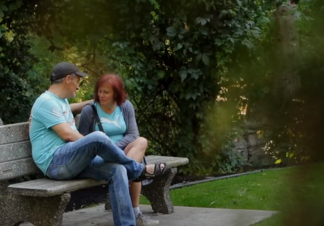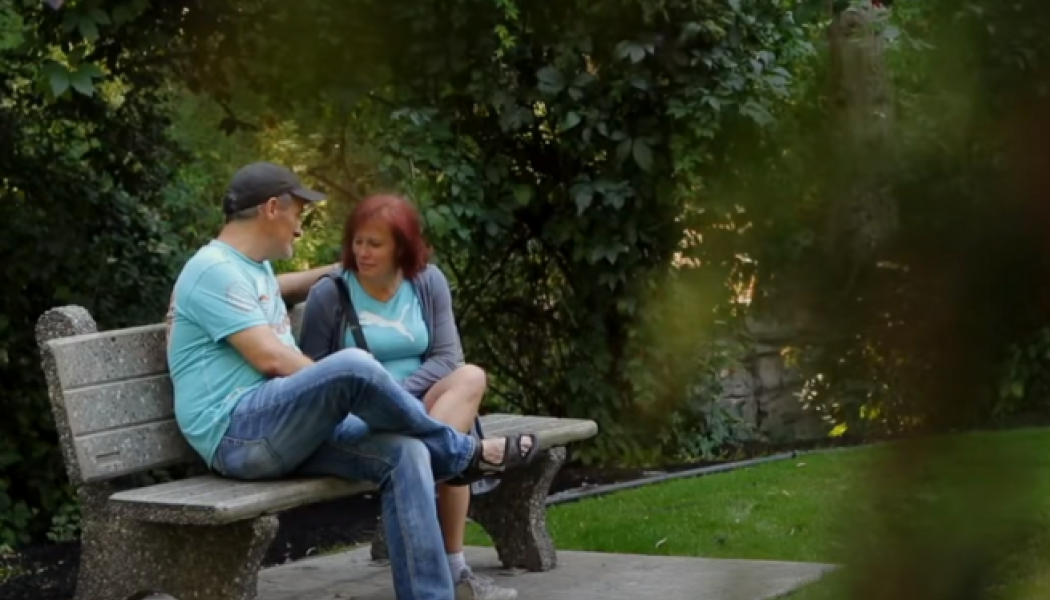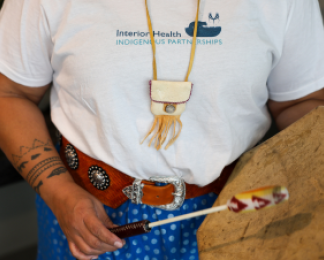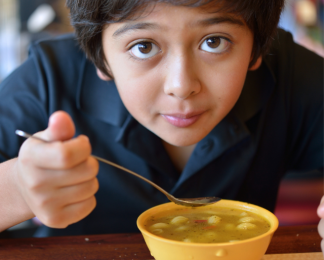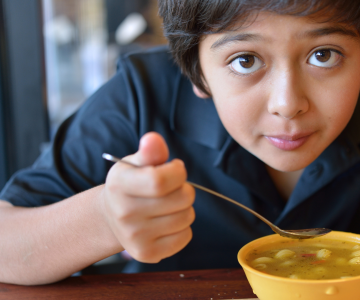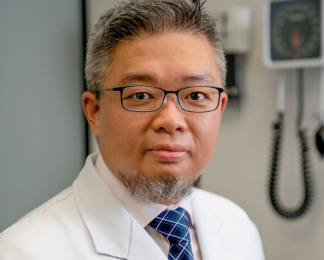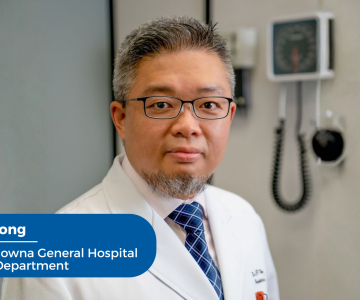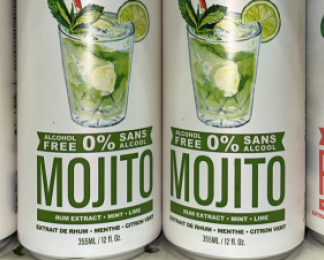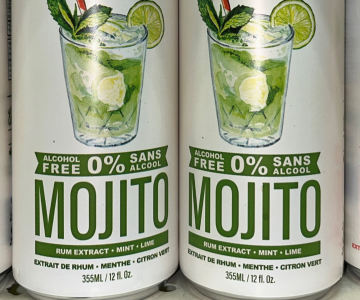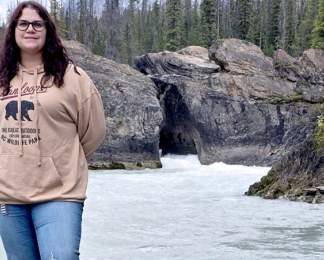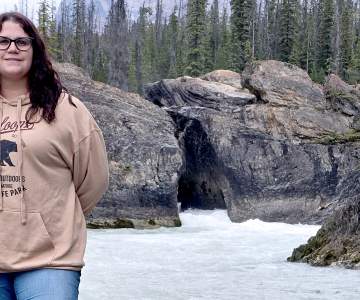If there’s one lesson to take away from the toxic drug crisis – now sometimes referred to as the unregulated drug poisoning emergency – it’s that things are not always what they may appear.
Despite what we might believe about who uses substances and why, or what we see in our communities or in the media, consider these stats from the BC Coroners Service:
- In 2023, 81 per cent of unregulated drug deaths occurred inside
- Poisonous drugs are now the second leading cause of all deaths after malignant cancers
- In B.C., 1,455 people have lost their lives to unregulated substances in the first seven months of 2023 – more than six people per day. Within the Interior 253 people lost their lives in the same time period, up from 226 in the same period in 2022.
People who use substances are your friends, neighbours and colleagues. Perhaps a family member is using substances, but hasn’t shared this, due to fear and shame.
One of the main challenges we face when addressing this public health emergency is the stigma associated with drug and substance use.

